4 common shaft extension types for motors
A motor is an electromechanical device that converts electrical energy into mechanical energy. The electrical energy input by the grid is converted into electromechanical energy through the air gap magnetic field inside the motor, and the mechanical power output by the motor shaft extension drives various equipment to operate. In layman's terms, the air gap in the motor is the invisible medium for converting electrical energy into mechanical energy, and the shaft extension is the tangible connection between the motor and the mechanical transmission system. Today, Ms. will talk to you about the connection types of motor and mechanical transmission system, what are the characteristics of various connections, and why this connection method must be chosen.
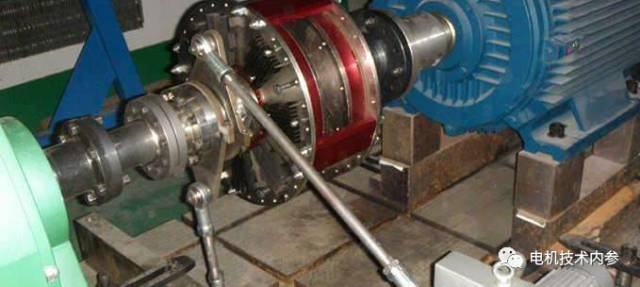
Theoretically, there are two types of connection between the motor and the mechanical transmission system: detachable and non-detachable. However, in almost all application systems, the motor exists as a general-purpose independent module and must be interchangeable, so there is only a detachable connection structure. Just because of the basic characteristics of detachability and interchangeability, there are only three types of motor shaft extensions: cylindrical shaft extension, conical shaft extension, and spline shaft extension. The actual output connection forms are divided into cylindrical shaft extension flat key connection, conical shaft extension flat key connection, Cylindrical shaft extension tangential key connection and spline connection, where the spline connection is designed as a rectangular spline shaft extension and an involute spline shaft extension according to the load and accuracy requirements.
Cylindrical shaft extension key connection
Cylindrical shaft extension with flat key connection is the most common, and there is no special requirement or the default condition is flat key connection with cylindrical shaft extension. This kind of shaft extension does not require excessive processing equipment and operating skills, and the roughness, dimensional accuracy and alignment accuracy are easy to guarantee, which can meet the structural strength and matching accuracy requirements of most applications.
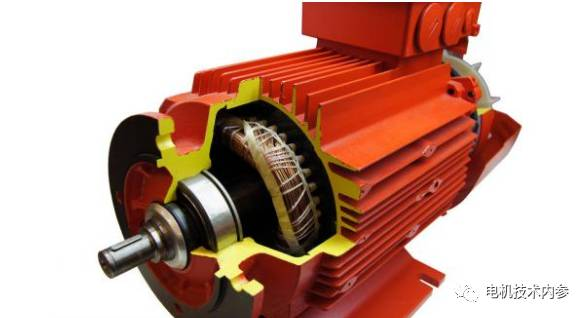
Conical shaft extension flat key connection
The conical shaft extension flat key connection is mostly used in occasions that require frequent forward and reverse rotation, vibration resistance, impact resistance, heavy load starting, etc. Generally, the taper of the shaft extension is 1:10, and the shaft end is equipped with a locking device. Ordinary machining equipment and the most basic operating skills are capable of processing tapered shaft extensions. The application scale is second only to cylindrical shaft extensions, and they are jointly used as the standard shaft extension connection output type.
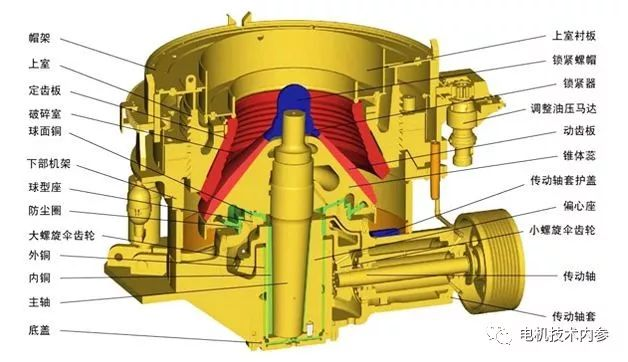
Cylindrical shaft extension tangential key connection
The cylindrical shaft extension tangential key connection is mainly used in heavy machinery with a shaft diameter greater than 100mm , low neutrality requirements and large load . The tangential key is composed of two ordinary wedge keys with an inclination of 1:100. The two narrow surfaces parallel to each other are the working surfaces. One working surface is in the plane passing through the axis line. The extrusion force on the working surface is along the The tangential action of the shaft, that is, the torque is transmitted by the extrusion of the working surface. One tangential key can only transmit one-way torque. If two-way torque is to be transmitted, two tangential keys must be used and staggered by 120º ~ 135º for reverse installation, as shown in Figure 1.
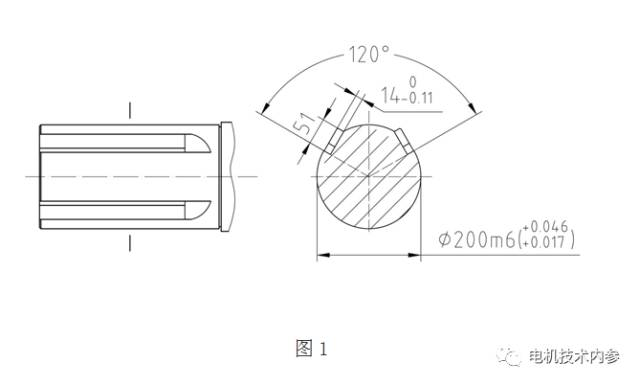
When the strength of the flat key cannot meet the design requirements, the design of the spline shaft extension should be considered. The spline connection is formed by a plurality of key teeth and keyways evenly distributed in the circumferential direction of the shaft and the hub hole, and is divided into rectangular splines and involute splines.
There are many spline teeth, large working area and high bearing capacity; the keys are evenly distributed, and the force on each key tooth is relatively uniform; the gear shaft is integrated, the tooth groove is shallow, the stress concentration of the tooth root is small, the strength is high, and the strength of the shaft is reduced. ; The parts on the shaft have good neutrality and good orientation. All these incomparable advantages of the flat key make the spline the most suitable for the shaft extension of the motor. However, special equipment and cutting tools must be equipped for spline processing, which is difficult to detect and measure, and the processing cost is high. It is only used in high-precision, special applications or occasions where the strength of ordinary shafts cannot meet the design requirements.
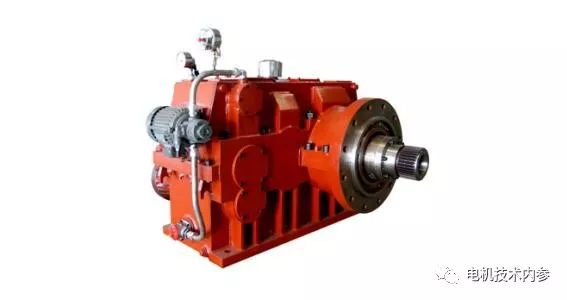
Figure 2 shows the rectangular spline structure, and Figure 3 shows the cross-sectional shape of the keyway. The rectangular spline adopts the small diameter centering method, that is, the small diameter of the outer spline and the inner spline is used as the mating surface. Features: 1) High centering accuracy and good centering stability ; 2) Grinding can be used to eliminate deformation caused by heat treatment. The marking code of the rectangular spline includes key number N, minor diameter d, major diameter D, and key width B in sequence. For example, the spline specification is 6×23×26×6, which means 6 keys, minor diameter φ23, major diameter φ26, key width 6, spline pair: 6×23H7/f7×26H10/a11×6H11/d10.
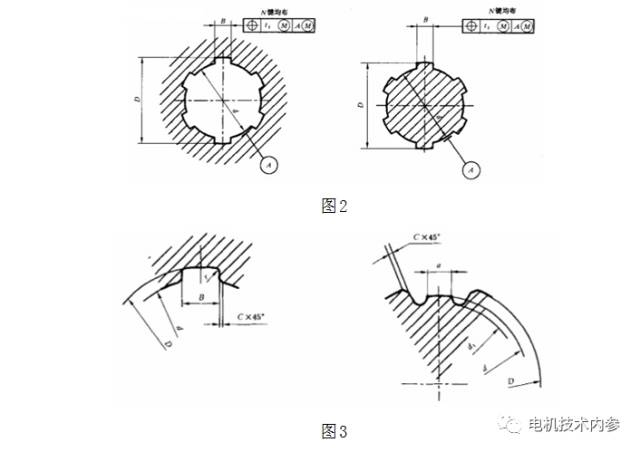
Figure 4 shows the cross-sectional dimensions of the involute spline shaft. The characteristics are: 1) the load is large, the centering accuracy is high, and the tooth profile is an involute; Self-centering function; 3) Uniform load on each tooth, high strength and long life; 4) Pressure angles are 30°, 37.5°, 45° , the larger the pressure angle, the smaller the load capacity and the stronger the self-centering ability; 5) The modulus is 2.5~10, and the minimum number of teeth is 10.
The involute spline pair with 24 teeth, modulus 2.5, 30° round tooth root, tolerance class 5, and matching category H/h is expressed as: INT/EXT 24z × 2.5m × 30R × 5H/5h .
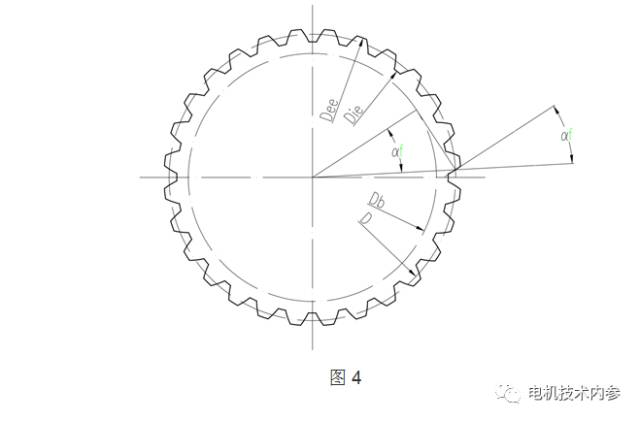
The shaft extension is the interface between the motor and the equipment. The connection method of the interface directly determines the large load capacity. The selection should be based on the principles of suitability, practicality, safety and reliability, and meet customer needs through the most economical and safe means possible .



























 XINDA
XINDA